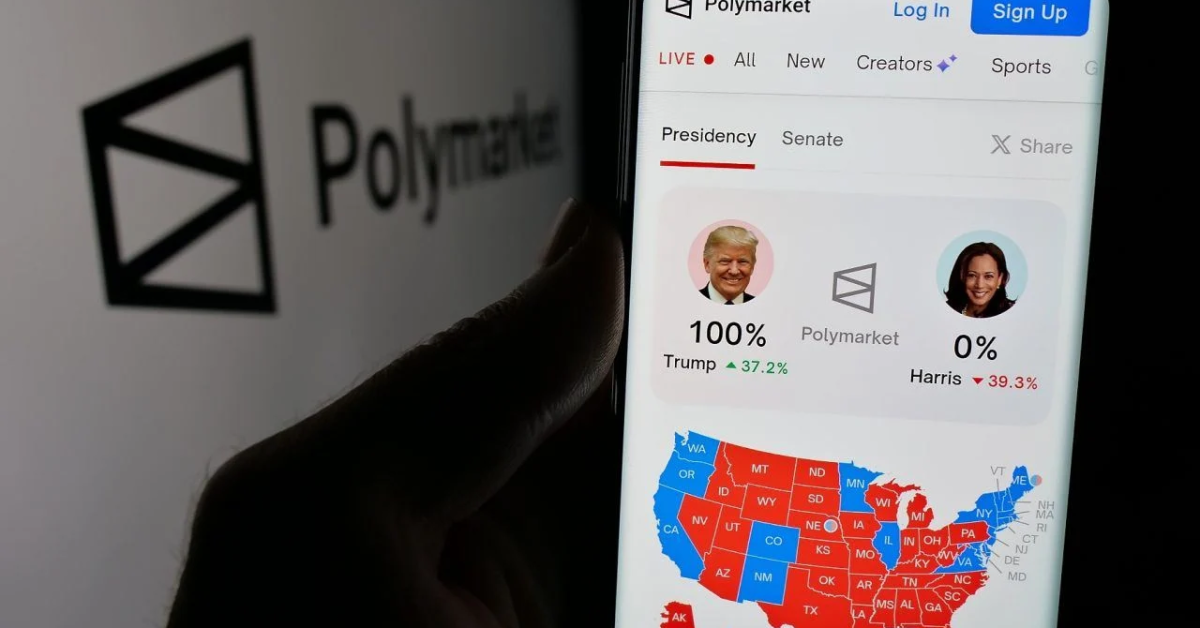How Does Blockchain Technology Work? – A Comprehensive Guide
Blockchain technology is not just a buzzword; it’s a revolutionary advancement that has the potential to transform various industries worldwide. This technology is best known for powering cryptocurrencies like Bitcoin and Ethereum but extends much further into sectors like finance, supply chain management, healthcare, and beyond. In this in-depth article, we’ll unravel the intricacies of blockchain technology, elucidating its core functions, mechanisms, and the overarching impact it has on our digital landscape. We’ll explore key concepts and terminology, the architecture of blockchain systems, types of blockchain, and real-world applications. Let’s dive deep!
Table of Contents
- What is Blockchain Technology?
- Key Characteristics of Blockchain
- How Does Blockchain Work?
- 3.1 The Basics of Blockchain Architecture
- 3.2 How Blocks Are Added and Processed
- Types of Blockchains
- 4.1 Public Blockchains
- 4.2 Private Blockchains
- 4.3 Consortium Blockchains
- Real-World Applications of Blockchain Technology
- 5.1 Financial Services
- 5.2 Supply Chain and Logistics
- 5.3 Healthcare
- 5.4 Education
- Challenges and Limitations of Blockchain
- Future of Blockchain Technology
- Conclusion
1. What is Blockchain Technology?
At its core, blockchain technology is a decentralized and distributed ledger system. It enables digital data to be stored across a network of computers, making it secure and immutable. A blockchain consists of a sequence of records called blocks, each linking to the previous one, forming a chain of blocks—hence the name “blockchain”. This technology utilizes cryptographic hashing for security, guaranteeing that once information is recorded, it cannot be altered without detection and consensus from the majority of participants in the network.
2. Key Characteristics of Blockchain
- Decentralization: No single entity controls the entire blockchain; instead, it operates on a network of nodes, promoting transparency.
- Immutability: Once a transaction is recorded on the blockchain, it cannot be changed or deleted: enhancing trust among users.
- Transparency: All participants can view the complete history of transactions, promoting accountability and reducing fraudulent activities.
- Security: Cryptographic algorithms protect data, ensuring privacy and integrity of information stored on the blockchain.
3. How Does Blockchain Work?
3.1 The Basics of Blockchain Architecture
The architecture of a blockchain consists of three major elements:
- Nodes: Any device that participates in the blockchain network. Each node maintains a copy of the entire blockchain and validates new transactions.
- Transactions: Transactions represent the transfer of data or value and are grouped together into blocks.
- Consensus Mechanisms: These protocols ensure all nodes agree on the current state of the blockchain. The most common mechanisms include Proof of Work (PoW) and Proof of Stake (PoS).
3.2 How Blocks Are Added and Processed
- Transaction Initiation: A user initiates a transaction, which is then transmitted over the network.
- Validation: Network nodes validate the transaction using consensus mechanisms, ensuring it’s legitimate and follows the rules of the protocol.
- Block Creation: Validated transactions are grouped together into a block. This block is assigned a unique cryptographic hash.
- Appending to the Blockchain: The block is then added to the existing blockchain once it gains consensus from a majority of nodes.
- Replication: The updated blockchain is replicated across all nodes in the network, ensuring every participant has the same version of the ledger.
4. Types of Blockchains
Understanding the different types of blockchains helps to appreciate their applications better:
4.1 Public Blockchains
Open to anyone, these blockchains do not require permission to join and allow all transactions to be visible to the public. Examples include Bitcoin and Ethereum.
4.2 Private Blockchains
Unlike public blockchains, these are restricted, requiring permission to access and view the transactions. They are often used by organizations for internal processes.
4.3 Consortium Blockchains
These blockchains are semi-decentralized and controlled by multiple organizations. They operate under a collaborative framework, often used in industries like banking.
5. Real-World Applications of Blockchain Technology
The utility of blockchain extends across numerous sectors:
5.1 Financial Services
Blockchain is reshaping financial services by enabling secure and instant transactions outside traditional banking systems, reducing costs and improving accessibility.
5.2 Supply Chain and Logistics
Researchers leverage blockchain to enhance transparency and accountability in supply chains by tracking the movement of goods in real-time.
5.3 Healthcare
Blockchain can revolutionize healthcare by ensuring secure sharing of patient data among providers, increasing interoperability, and safeguarding patient privacy.
5.4 Education
In education, blockchain can offer a secure and verifiable method for issuing and managing diplomas and certifications, thereby mitigating fraud.
6. Challenges and Limitations of Blockchain
While blockchain technology offers many benefits, it is not without challenges, including:
- Scalability concerns: As the number of transactions increases, maintaining network performance can become difficult.
- Energy consumption: Some consensus mechanisms, like Proof of Work, are energy-intensive.
- Legal and regulatory issues: The evolving legal landscape around blockchain technology can present hurdles for adoption.
7. Future of Blockchain Technology
As we look to the future, the potential applications of blockchain are vast. From improving the efficiency of public services, enhancing cashless transactions, to promising innovation in smart contracts, the journey of blockchain is just beginning.
8. Conclusion
Blockchain technology is a transformative innovation with the potential to enhance the transparency, security, and efficiency of various industries. Its decentralization and immutability redefine how we perceive and manage data across the globe. As organizations continue to explore blockchain, understanding its intricacies offers a glimpse into the future of digital innovation.
For more information on blockchain technology and its implications across different industries, be sure to explore our resources.






